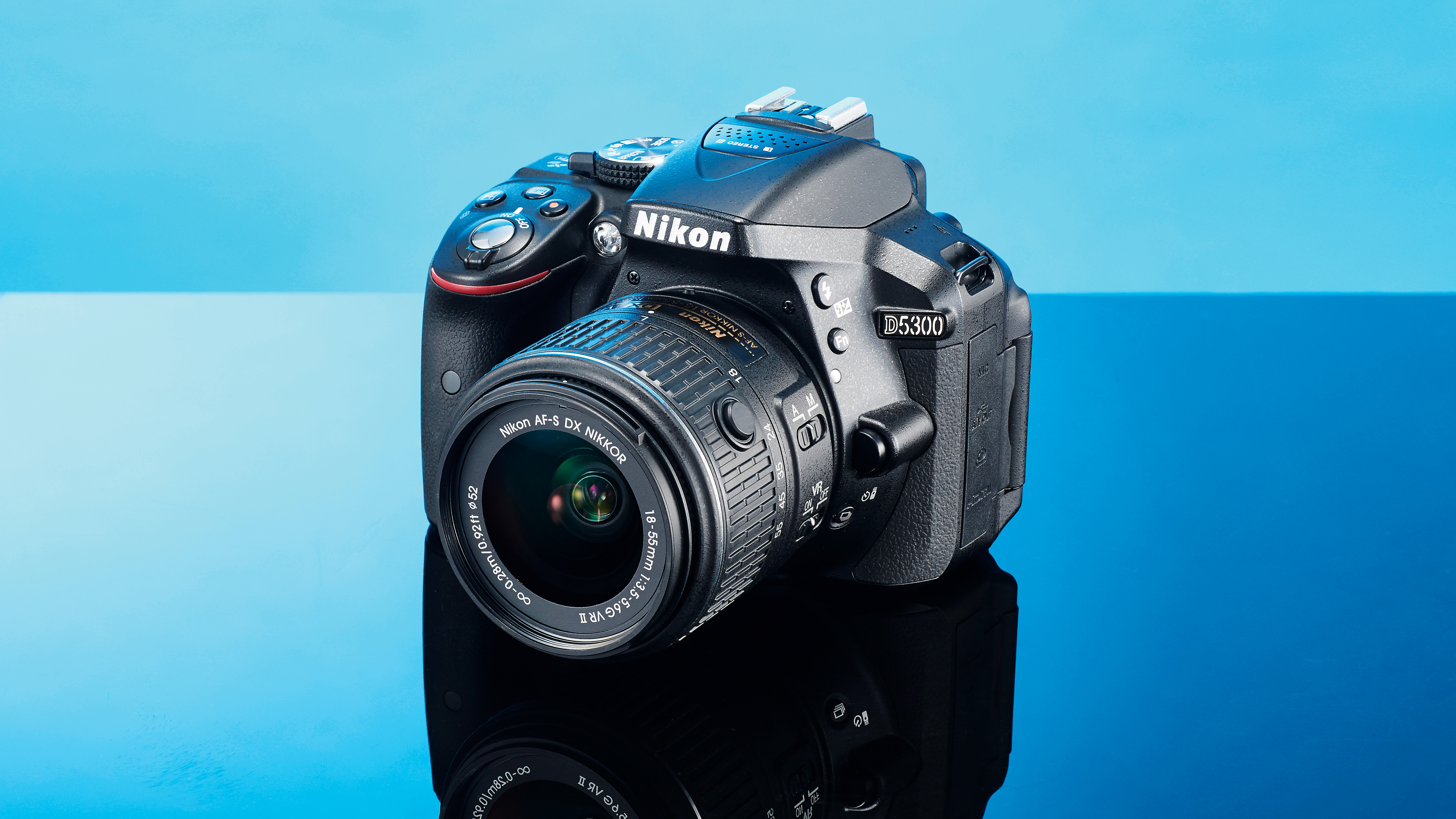Why you can trust TechRadar
Build and handling
- Polycarbonate construction
- Incorporates a stereo microphone
- 480g
The D5300 is the first Nikon DSLR to be built using a monocoque construction, which means its shell is made from one single piece of material. This should make the camera stronger and because Nikon has used Teijin's Sereebo CFRTP (a type of polycarbonate) for its construction, it only weighs 480g.
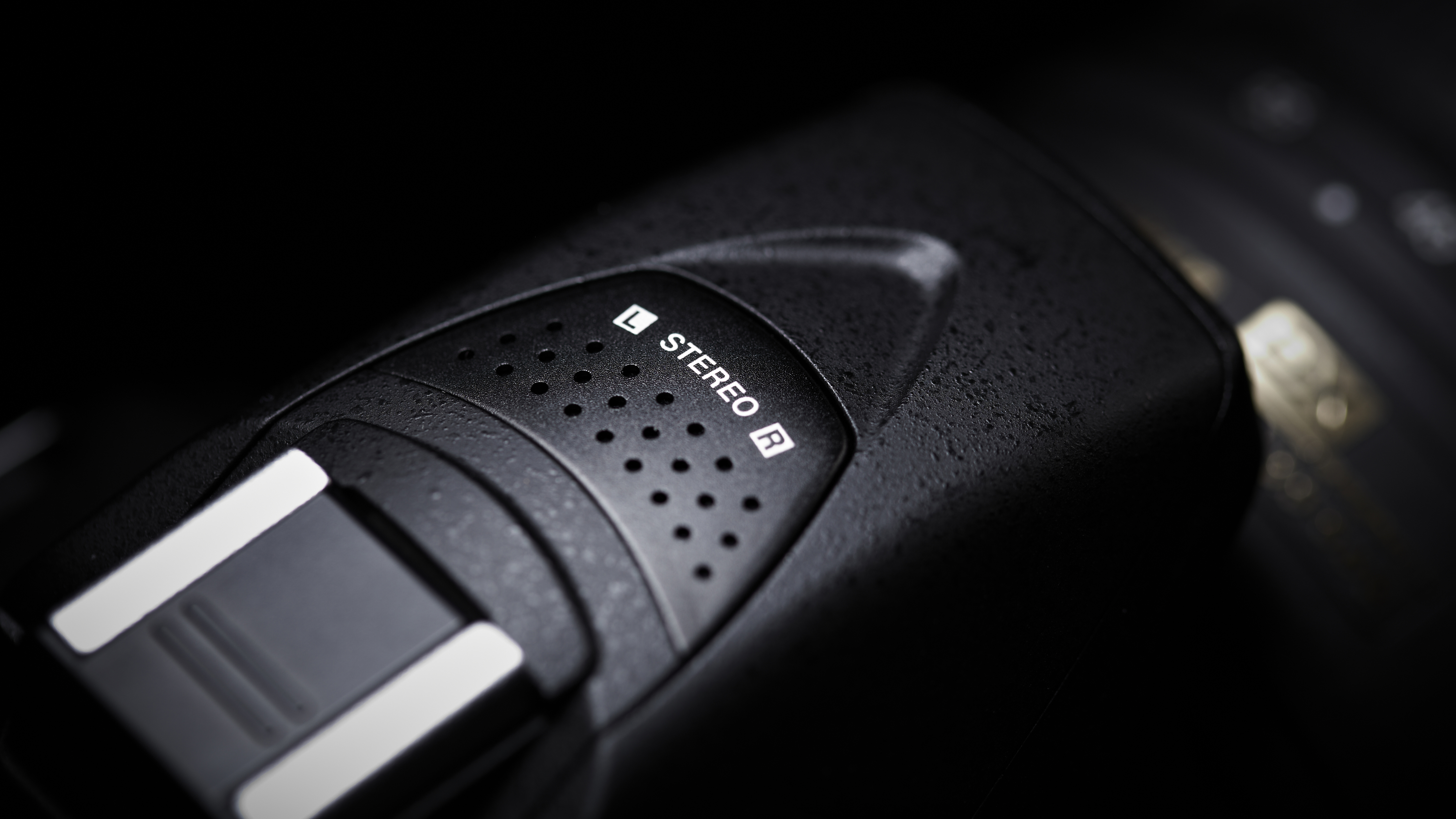
Though it doesn't exactly have the tank-like feel of the Nikon D4, the D5300 certainly feels well-made and solid enough in your hand.
The navigation control, however, feels a little more lightweight and slightly cheaper than the D5200's, and considerably less robust than the Nikon D610's. It clicks at a slightly higher pitch than either camera, which is likely to be the result of the new materials.
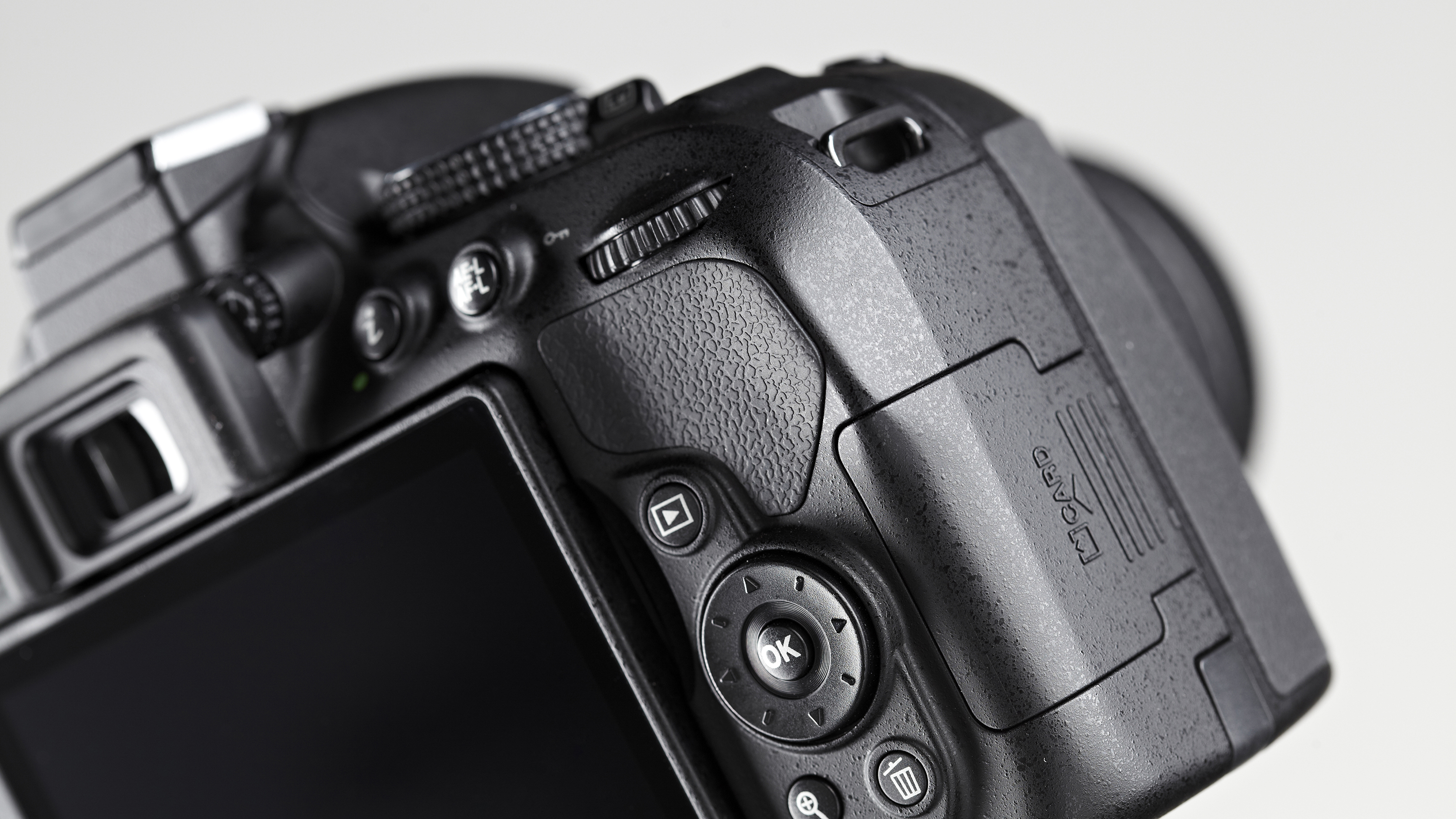
Conversely, the control dial above the thumb rest on the back of the D5300 has a slightly more positive feel and is quieter in operation than the one on the D5200.
Apart from a few extra holes for the stereo mic above the viewfinder and the GPS and Wi-Fi icons, the top plate of the D5300 looks just the same as the D5200's. There's still a large mode dial with all the usual PASM options and automatic options along with the Scene Effects modes.

It's worth noting that the top of the Mode dial now has a slightly glossy finish and this makes reading the options a little trickier in certain lights than it is with the D5200's dial.
On the back of the camera the screen is noticeably bigger on the D5300 than it is on the D5200, and there's a bigger rubberised area for the thumb rest. But that's it for changes, aside from the slight relocation of a couple of green dots and a change in font for the 'I' on the Information button.
Sign up for breaking news, reviews, opinion, top tech deals, and more.
There are relatively few buttons on the D5300 and most setting adjustments are made via on-screen controls. Some will find this attractive, but it has the disadvantage that few controls can be accessed directly, and setting adjustments are slowed as a result.
Pressing the 'I' button on the back of the camera brings up the Information screen, which displays all the key features for adjustment.
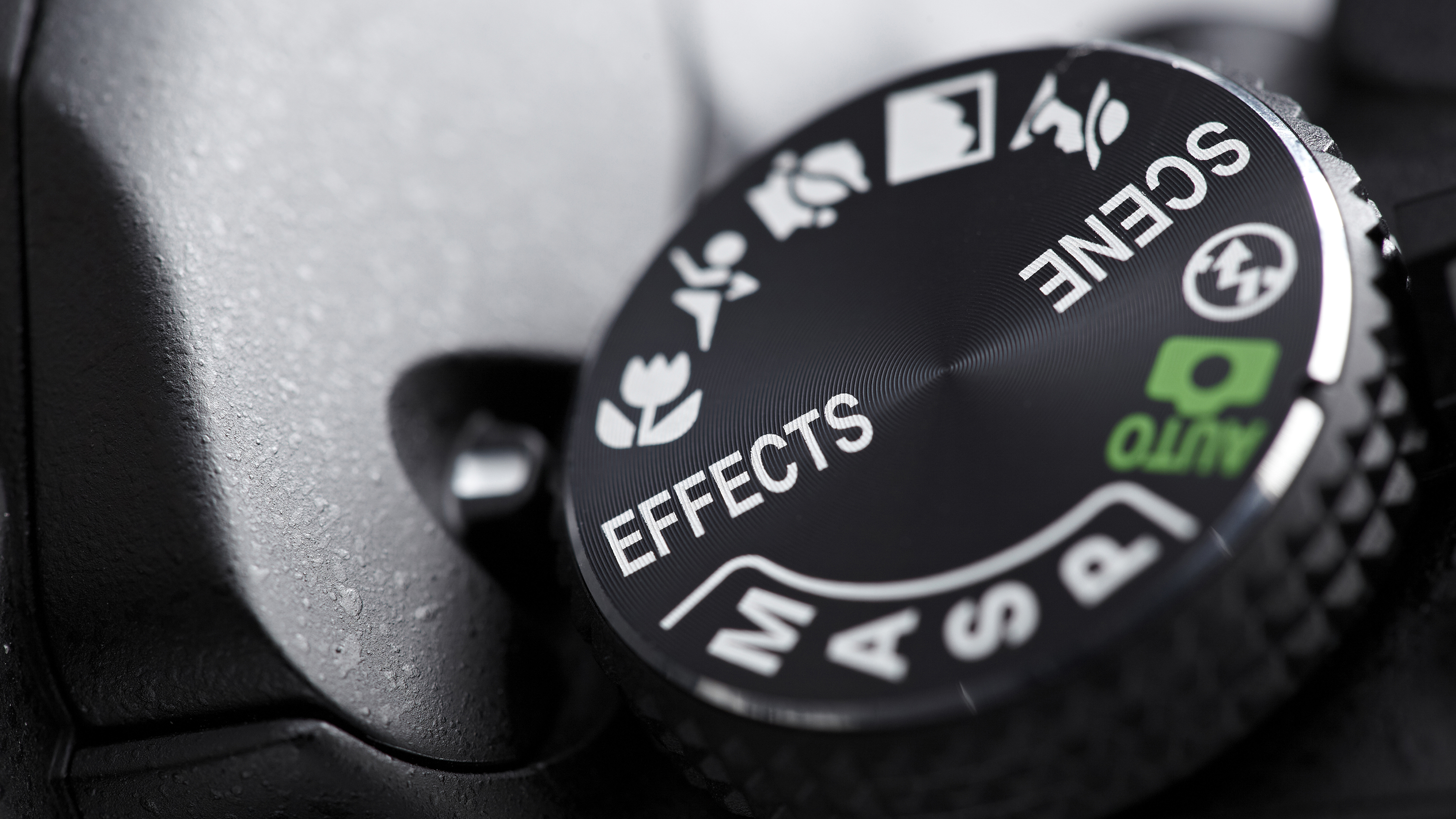
Settings changes are made simply by navigating to the desired feature, pressing the OK button and then selecting the desired option. It's a simple approach which is reasonably fast to use, but could be made faster still by making the screen touch-sensitive.
There are up to 14 features available for adjustment, and the majority are things that you are likely to want to access on a fairly frequent basis, such as Picture Control, Focus mode, AF-area mode and Metering mode. However, it would be nice if the list was customisable so that if you never use the HDR option, for example, and don't need to be able to switch off raw recording on a regular basis, you could swap it for Exposure delay mode, or something that you might use more frequently.
Unlike the D7100, D610 and Nikon D4 further up the DSLR line-up, the D5300 doesn't have the button and switch arrangement for setting the focus mode and focus point selection mode. As mentioned earlier, this is done via the Information screen. It works well enough, but you can't use it while the camera is held to your eye.
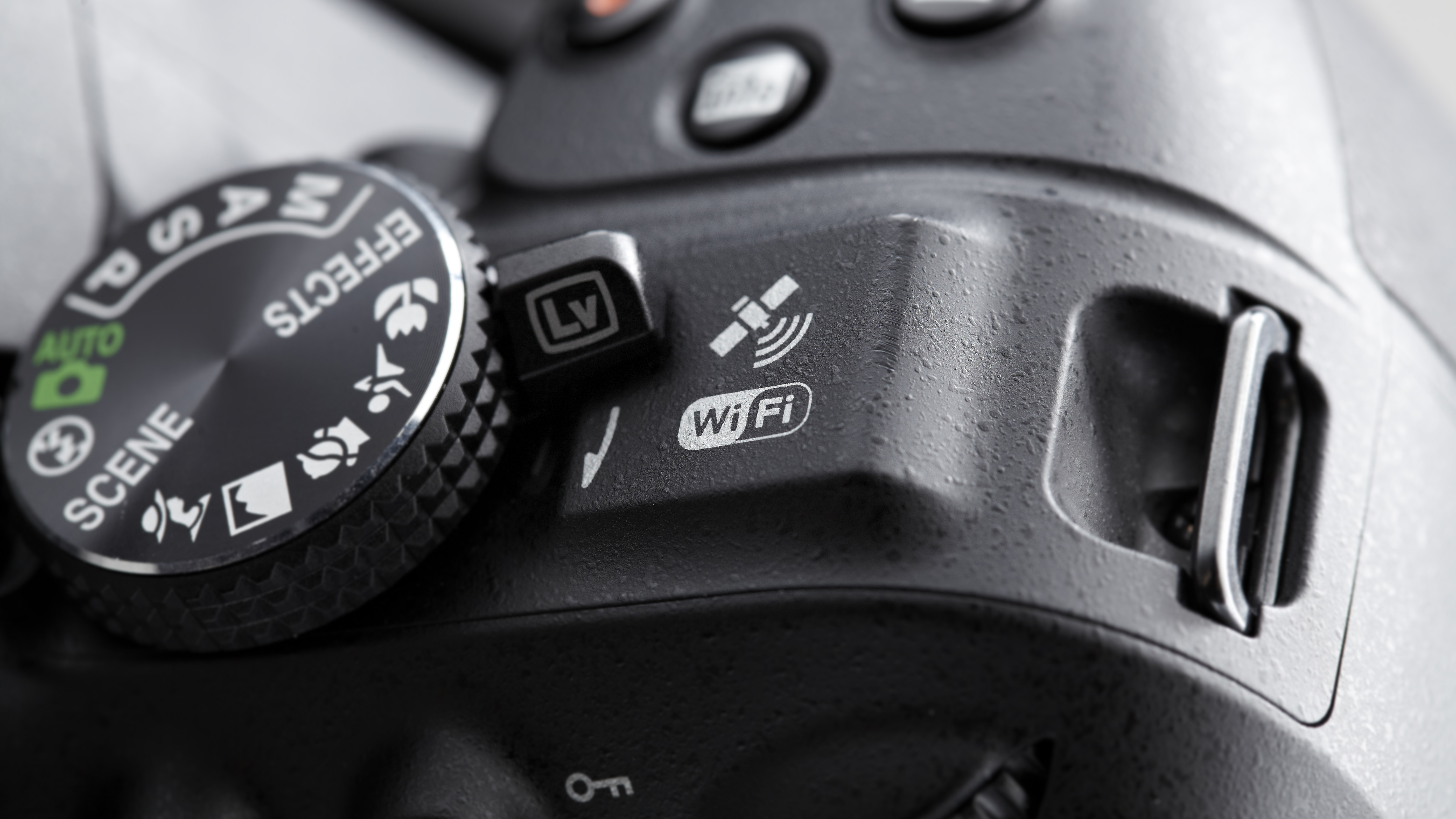
Autofocus
- 39-point AF, 9 cross-type AF points
- 39 or 11 AF points can be selected
- 3D-tracking AF
In the past we have found Nikon's 39-point phase detection AF system (with nine cross-type points), which is employed when images are composed in the viewfinder, to be fast and accurate, and the D5300's system is no different. Even with the kit lens mounted it gets subjects in normal outdoor daylight sharp pretty quickly.
Moving into lower light conditions, however, slows things down and there is sometimes a little indecision. As is often the case, switching to a better quality lens with a larger maximum aperture speeds things up.
While the D5300's excellent screen encourages using live view, the contrast detection system that's available when composing images on the monitor does not. It is accurate in decent light, but it is quite slow in comparison with the systems in the average modern compact system camera such as the Panasonic G6 or Olympus E-P5. And it's woeful in low light; in some occasions completely failing to get the target sharp.
Fortunately, the magnified view that is available when manually focusing has plenty of detail, which makes it a great option when shooting (stationary) macro and still life subjects.
Current page: Build, handling and AF
Prev Page Introduction and key features Next Page Performance and image quality